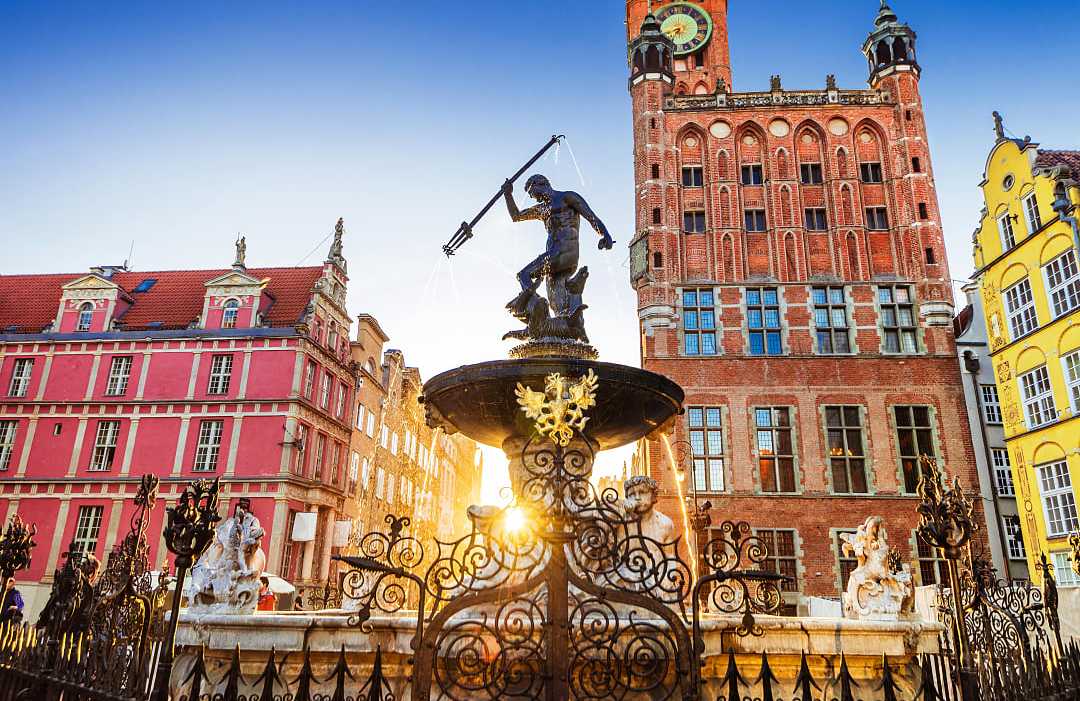Explore the Wieliczka Salt Mine
The Wieliczka Salt Mine is one of the first of 12 UNESCO World Heritage Sites in Poland. Operating for over 700 years from the 13th century until 1996, this remarkable site features underground chapels, statues, and a lake, all carved from salt. As you descend over 328 feet and 400 steps to reach the first level, you'll embark on a fascinating journey through Poland's mining history. The tour allows you to explore intricate salt sculptures and vast chambers as you learn about the mine's significance. This extraordinary attraction provides a glimpse into the ingenuity and artistry of generations of Polish miners.
Visit Auschwitz-Birkenau
Auschwitz-Birkenau is located near Kraków and serves as a powerful memorial and museum dedicated to the victims of the Holocaust. This sobering site consists of two main parts: Auschwitz I, which is the original concentration camp, and Auschwitz II-Birkenau, a combined concentration and extermination camp. As you explore the grounds, you'll encounter numerous artifacts, photographs, and personal belongings of victims, providing a deeply moving and educational experience, with crucial insights into one of history's darkest periods, ensuring that the memory of those who suffered is preserved and honored.
Tour Malbork Castle
Malbork Castle is the world's largest brick castle. The UNESCO World Heritage Site offers an impressive journey through medieval history. Built by the Teutonic Knights in the 13th century, this fortress served as their headquarters for nearly 150 years. As you explore the castle complex, you'll discover three separate castles that include the High, Middle, and Lower complexes, connected by dry moats and towers. You can visit the Grand Master's Palace, the Great Refectory, and the castle's extensive museum collection for a vivid glimpse into medieval architecture and the powerful Teutonic Order's influence in the region.
Hike in the Tatra Mountains
The Tatra Mountains in southern Poland are a paradise for nature lovers and outdoor enthusiasts. You can embark on various hiking adventures near the town of Zakopane, including a trek to the largest and fourth-deepest lake in the Tatras at Morskie Oko. The mountains provide trails suitable for all skill levels, from leisurely walks to challenging climbs. In winter, the area transforms into a bustling ski resort, with a range of winter sports activities.
Discover the Białowieża Forest
Białowieża Forest is Europe's largest remaining primeval forest and a UNESCO World Heritage Site known for its unique glimpse into the continent's ancient wilderness. Witness the European bison, the continent's heaviest land animal, which was brought back from near extinction. Explore the forest through guided tours, nature trails, and visits to the Białowieża National Park Museum. This remarkable ecosystem spans the border between Poland and Belarus, with protected areas in both countries. As you wander through this ancient woodland, you can experience the raw beauty of untouched nature and gain insights into conservation efforts preserving this invaluable European natural heritage.










